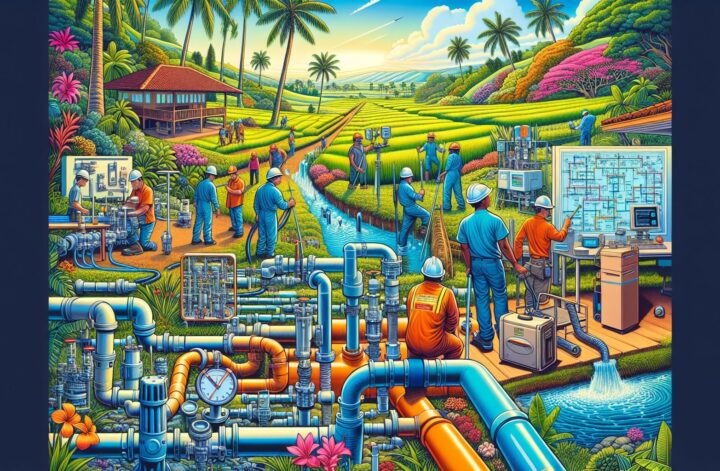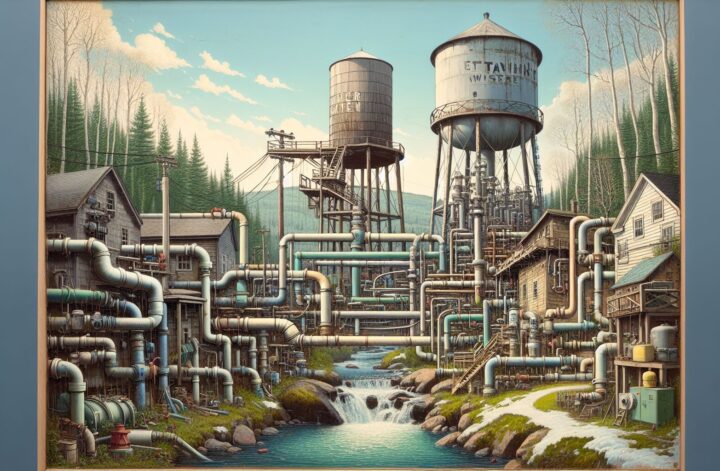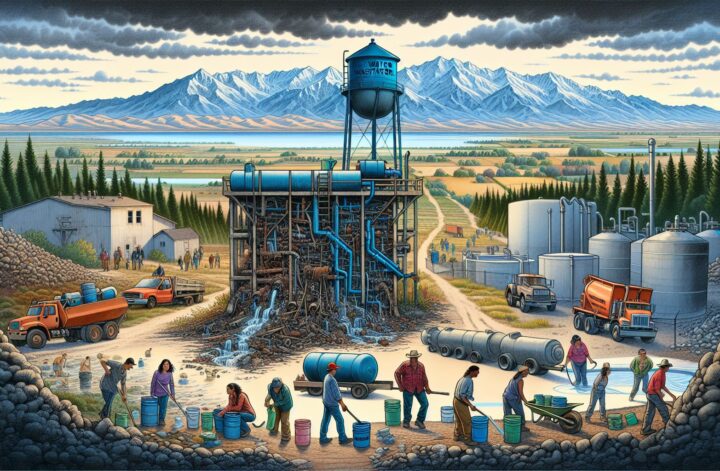Hawaii’s stunning natural beauty hides a complex issue – the state’s rural water and wastewater systems. The state’s archipelagic nature poses significant challenges to delivering clean, safe water and properly treating wastewater in its smaller, more remote communities.
Hawaii, spanning several islands, has numerous rural communities. These communities rely heavily on individual wastewater systems, translating to millions of gallons of wastewater treated each day. Per the Hawaii State Department of Health, approximately 88,000 individual wastewater systems are scattered across the state (1). These systems range from cesspools to more complex septic systems with leach field or alternative technology systems (ATS).
Hawaii’s Department of Health reports daunting statistics about their cesspools: the state houses over 50,000, posing a significant threat to groundwater and public health. Hawaii faces a major challenge due to its old wastewater infrastructure, with approximately 90% of the state’s cesspools needing replacement (2). Many rural communities are most at risk, with these cesspools threatening water sources with contamination from disease-causing pathogens and harm-causing nitrates.
Access to clean water is subtly complex in Hawaii’s rural communities due to its geographically fragmented configuration. While the Honolulu Board of Water Supply manages Oahu’s water supply, smaller, rural areas must manage their local water systems. This decentralization can lead to inefficiency and vulnerability, particularly for rural communities with limited financial and technical resources.
Hawaii’s wastewater and water management systems also face unique climatic and geographical challenges due to increased flooding risk, high rainfall levels, and terrain changes. Rainwater intrusion can overwhelm wastewater treatment facilities, risking untreated sewage discharge into the environment. For example, during a heavy rain event in 2018, one wastewater system reported over three times its capacity due to rainwater intrusion (3).
As the state grapples with these issues, several strategies are being considered, including facilitating wastewater systems upgrades, fostering public-private partnerships, and investing in new wastewater treatment technologies. Regardless of the path chosen, the struggle to maintain clean, safe drinking water and wastewater treatment in Hawaii’s rural communities is an issue that deserves not just attention, but prompt action.




